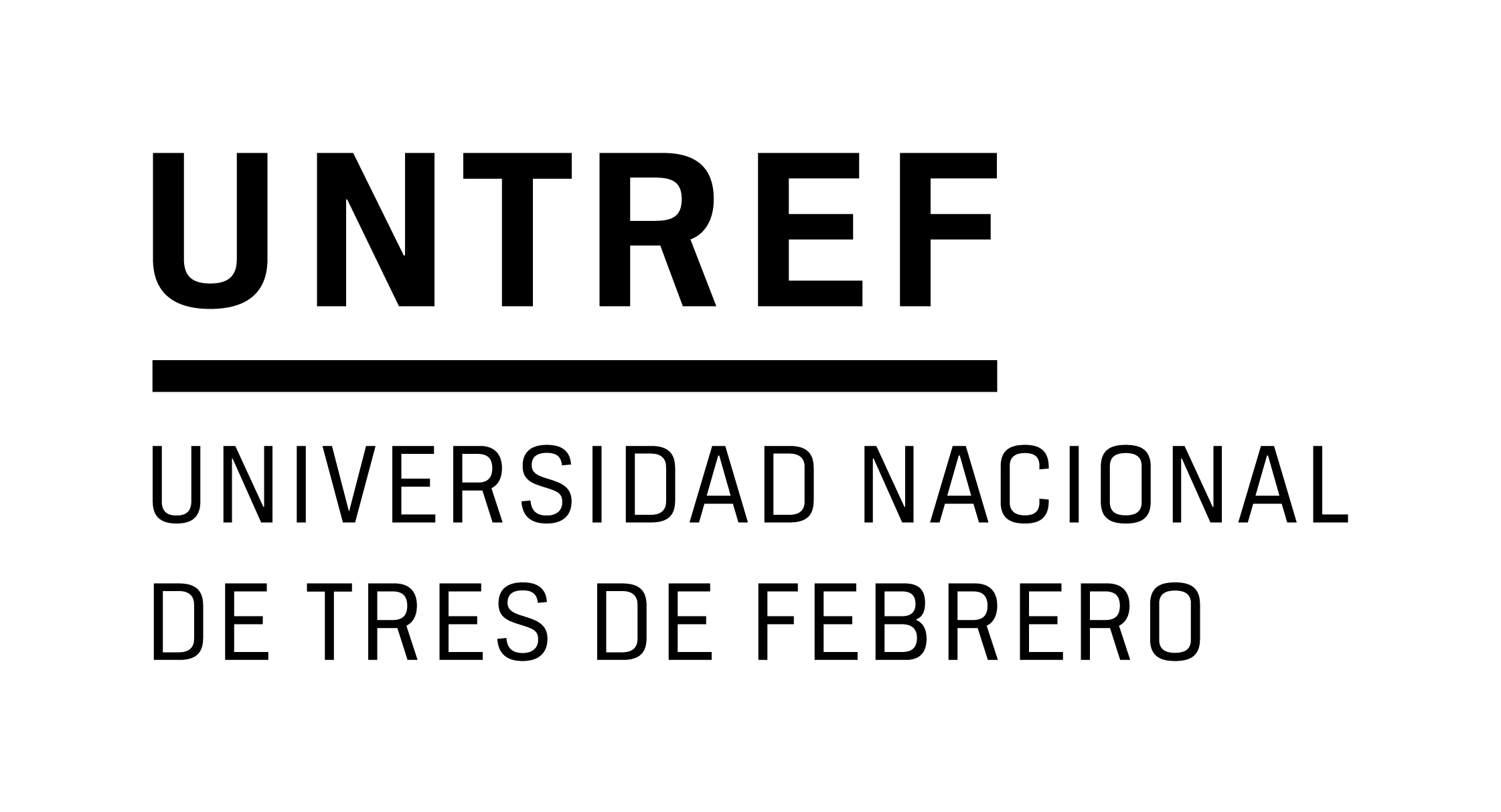True rhubarb? Trading Eurasian botanical and medical knowledge in the eighteenth century
Por: Romaniello, Matthew P .
.
Tipo de material:  Artículo Tipo de portador: ImpresoTema(s): DROGAS
Artículo Tipo de portador: ImpresoTema(s): DROGAS| Tipo de ítem | Ubicación actual | Signatura | Info Vol | Estado | Notas | Fecha de vencimiento | Código de barras | Reserva de ítems |
|---|---|---|---|---|---|---|---|---|
| Publicación Periódica | Biblioteca UNTREF - Sede Posgrados | H94(100)/GLO (Navegar estantería) | Vol. 11, no. 1 (mar. 2016) | Disponible | CSR | 2.009467 |
Contiene ilustraciones
Early modern Russia sat at the intersection of Eurasian trade networks, which allowed both commodities and information to move from east to west and north to south. Rhubarb exported from China had held a prominent position in Western medical treatments since the classical era, but improved transportation and communication between Europe and Asia through Russia enabled the growth of the medicinal rhubarb trade to unexpected heights after 1760. Earlier studies of rhubarb have focused on European interests in uncovering 'true' medicinal rhubarb, but this article will situate the plant as a part of the broader process of scientific exchange across Eurasia. Russia's unique position in Eurasia ultimately allowed its specialists to contribute to the development of Western science through the importation of information from Asia and its own expeditions in Siberia, Russia's internal 'Asian' territory.
